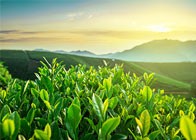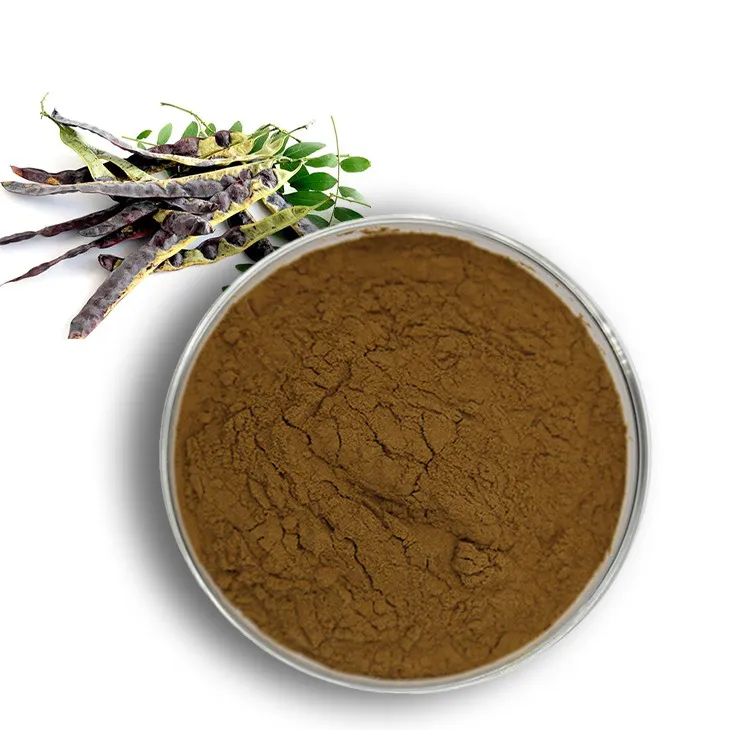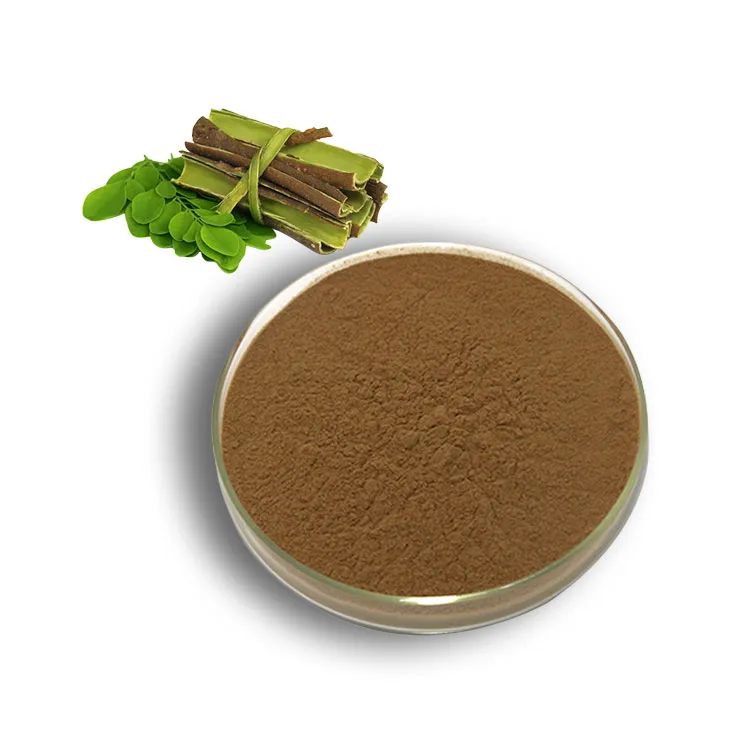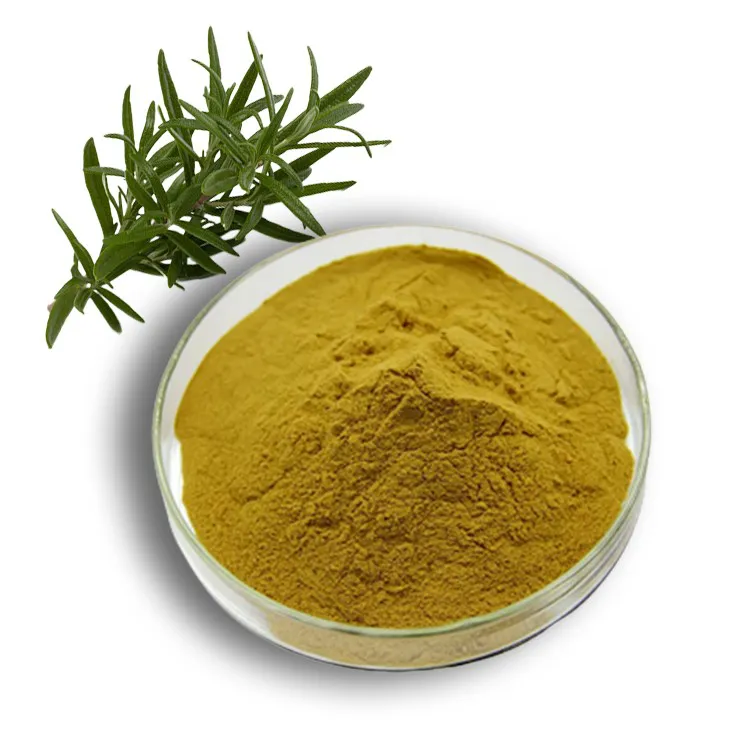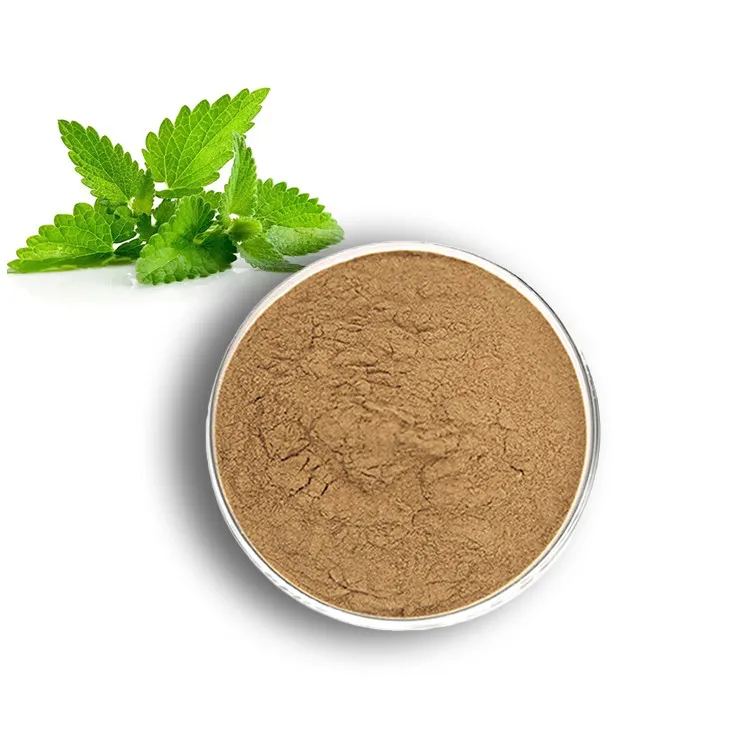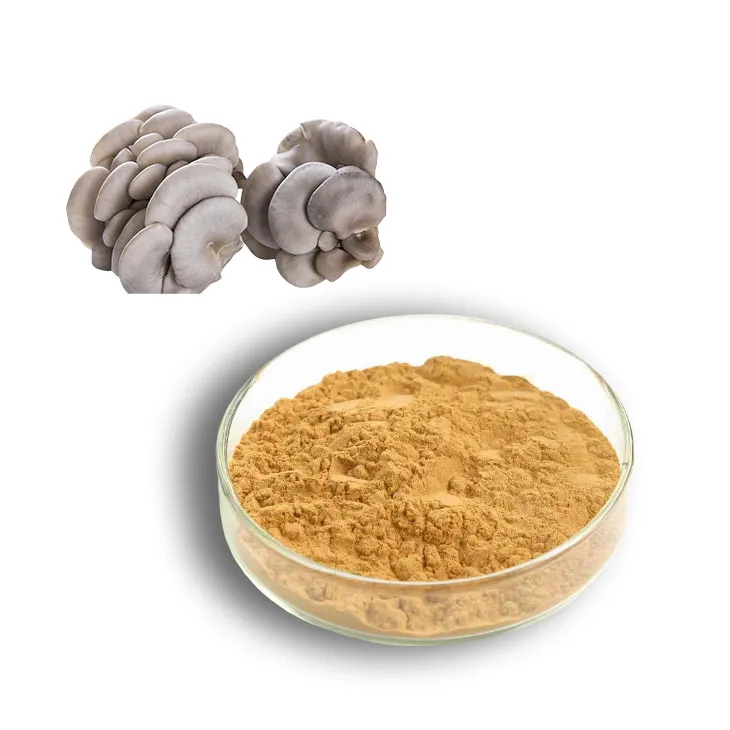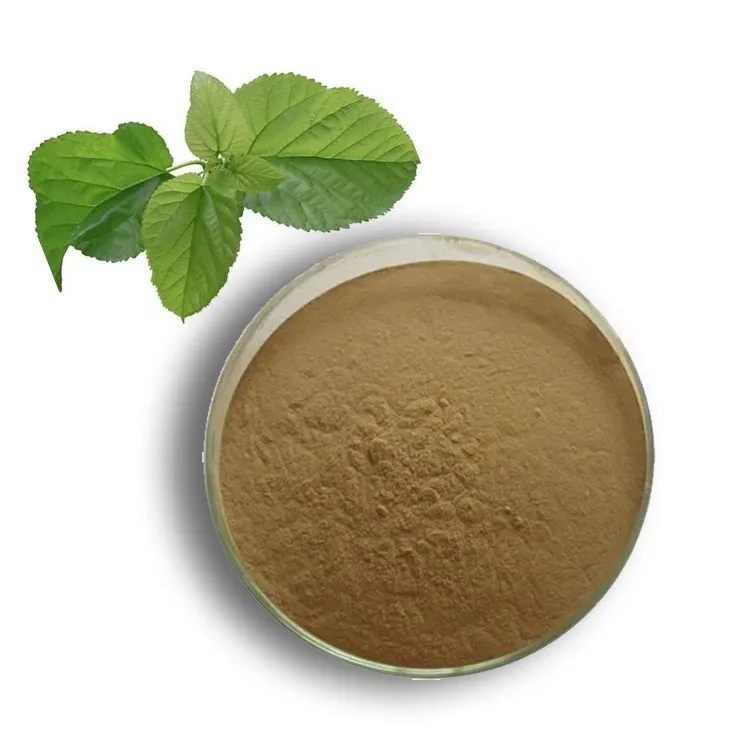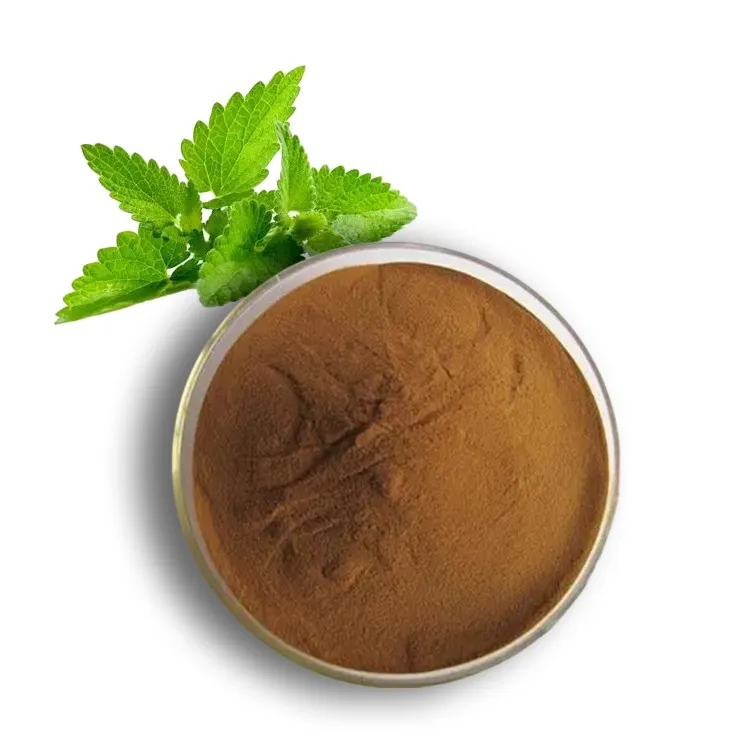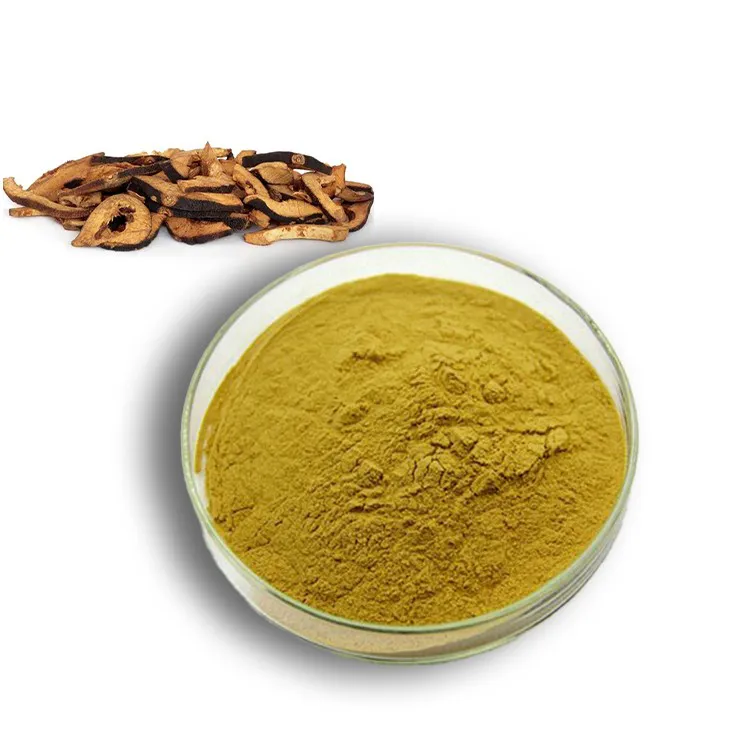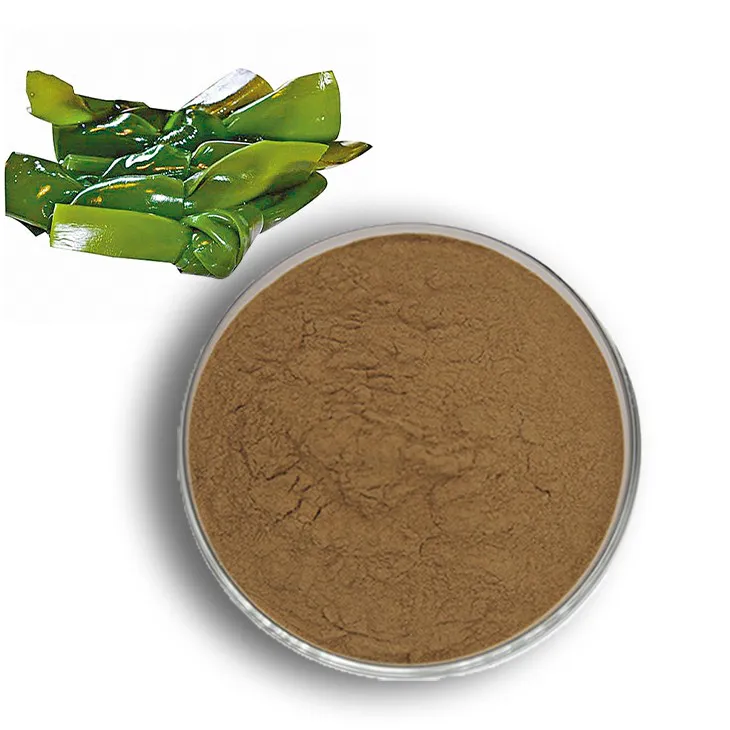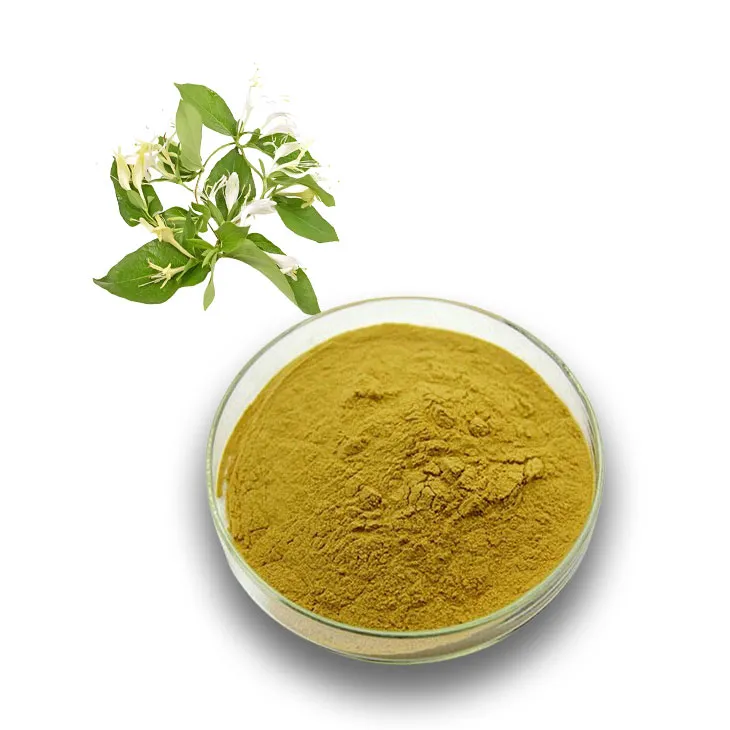- 0086-571-85302990
- sales@greenskybio.com
The Versatility of Extracts: An In-Depth Exploration of Vanilla Extract
2025-05-18
In the world of culinary arts and beyond, extracts play an essential role, bringing concentrated flavors and aromas to a multitude of products. From food and beverages to perfumes and pharmaceuticals, extracts are invaluable. One of the most widely recognized and used extracts is vanilla extract. This article delves into the intricacies of vanilla extract as a prime example of an extract’s formulation, utility, and impact across various industries.
Understanding Extracts
An extract is a substance made by capturing the active ingredients of a raw material. This is typically achieved through a solvent process, which involves soaking the raw material in a liquid, often alcohol, to draw out the desired components. The remnants of this process are potent liquid compounds that boast intense flavors, scents, or beneficial properties, depending on the extract's application.
Vanilla Extract: An Overview
Vanilla extract is one of the most common and cherished extracts, renowned for its sweet, aromatic qualities that enhance both sweet and savory dishes. Originating from the vanilla bean, the process of making vanilla extract involves careful cultivation and sophisticated extraction methods.
1. Source and Cultivation: The vanilla bean is the fruit of the orchid Vanilla planifolia, primarily grown in regions such as Madagascar, Indonesia, and Mexico. It is one of the most labor-intensive crops, requiring hand pollination and meticulous curing processes that contribute to its expense and prestige.
2. Extraction Process: To create vanilla extract, vanilla beans are soaked in a mixture of alcohol and water. This process traditionally takes weeks to several months, allowing the flavors and aromas to develop fully. The alcohol acts as a solvent to leach out the complex compounds responsible for vanilla’s distinctive flavor profile, including vanillin, which is the most significant component.
Culinary Applications of Vanilla Extract
Vanilla extract’s most recognizable role is in the culinary industry, where it serves as a staple ingredient in baking and cooking. Here’s how this extract is utilized:
1. Baked Goods and Desserts: From cookies and cakes to custards and creams, vanilla extract provides foundational flavors that balance sweetness and enhance other ingredients, making it indispensable in creating desserts.
2. Savory Dishes: While often associated with sugar-laden recipes, vanilla extract can enhance savory dishes by adding depth and complexity. Chefs use it in sauces for meat, marinades, and even as a surprising twist in dressings and vinaigrettes.
3. Beverages: Vanilla extract is a popular addition in beverages, including cocktails, teas, smoothies, and coffees. It can subtly mellow the acidity of coffee or add a comforting note to holiday beverages like eggnog and hot chocolate.
The Role of Vanilla Extract Beyond Cooking
While its culinary applications are paramount, vanilla extract also occupies a niche in non-culinary sectors:
1. Aromatherapy and Fragrance: In aromatherapy, the calming scent of vanilla extract is believed to reduce stress and anxiety, while in perfumery, it serves as a warm, sweet base note that complements floral and spicy fragrances.
2. Pharmaceuticals and Nutraceuticals: Vanilla extract can be used to mask unpleasant tastes in medicines and nutraceutical products, improving compliance and user experience. Additionally, its potential antioxidant properties are under examination in various health applications.
Challenges and Considerations in Vanilla Production
Vanilla extract production faces several challenges that impact its availability and cost:
1. Labor-Intensive Cultivation: The manual processes of cultivating, pollinating, and curing vanilla beans contribute to high labor costs, making vanilla one of the most expensive spices globally.
2. Market Fluctuations: Environmental factors such as climate change and natural disasters can affect vanilla bean supply, causing price volatility. This market instability often prompts the creation of synthetic vanilla flavoring alternatives like vanillin, derived from lignin or guaiacol.
3. Quality and Authenticity: Due to its expense, imitation vanilla products are common in the market. Consumers seeking genuine vanilla extract should look for labels indicating pure vanilla extract, which is mandated to contain at least 35% alcohol and 13.35 ounces of vanilla beans per gallon, according to U.S. FDA regulations.
Future Directions for Vanilla Extract
As demand for natural and sustainable products rises, the vanilla industry is seeking innovative methods to increase production efficiency and ethical sourcing. This includes technological advancements in cultivation, such as greenhouse growing, and fair trade initiatives that support local farmers and ensure sustainable practices.
Continued research into enhancing the extraction process also promises to retain more of the bean’s complex components, enhancing flavor and reducing the environmental impact of production.
Conclusion
Vanilla extract epitomizes the broad utility and appeal of extracts, transcending its primary role in culinary applications to influence diverse sectors such as fragrance and pharmaceuticals. Despite facing challenges related to production costs and market pressures, vanilla extract remains a beloved ingredient worldwide. Its future lies in sustainable practices and innovative cultivation techniques that will preserve its unique qualities while meeting global demand. As both consumers and industries continue to appreciate the intricate depth extracts provide, vanilla stands as a testament to the power of natural flavors that enhance and enrich human experience.
- ▶ Hesperidin
- ▶ Citrus Bioflavonoids
- ▶ Plant Extract
- ▶ lycopene
- ▶ Diosmin
- ▶ Grape seed extract
- ▶ Sea buckthorn Juice Powder
- ▶ Fruit Juice Powder
- ▶ Hops Extract
- ▶ Artichoke Extract
- ▶ Mushroom extract
- ▶ Astaxanthin
- ▶ Green Tea Extract
- ▶ Curcumin
- ▶ Horse Chestnut Extract
- ▶ Other Product
- ▶ Boswellia Serrata Extract
- ▶ Resveratrol
- ▶ Marigold Extract
- ▶ Grape Leaf Extract
- ▶ New Product
- ▶ Aminolevulinic acid
- ▶ Cranberry Extract
- ▶ Red Yeast Rice
- ▶ Red Wine Extract
-
Saponin Extract
2025-05-18
-
White Willow Bark Extract
2025-05-18
-
Rosemary extract
2025-05-18
-
Lemon Balm Extract
2025-05-18
-
Oyster Mushroom Extract Powder
2025-05-18
-
Mulberry leaf Extract
2025-05-18
-
Peppermint Extract Powder
2025-05-18
-
Citrus Aurantii Extract
2025-05-18
-
Kelp Extract Powder
2025-05-18
-
Honeysuckle Pollen
2025-05-18

